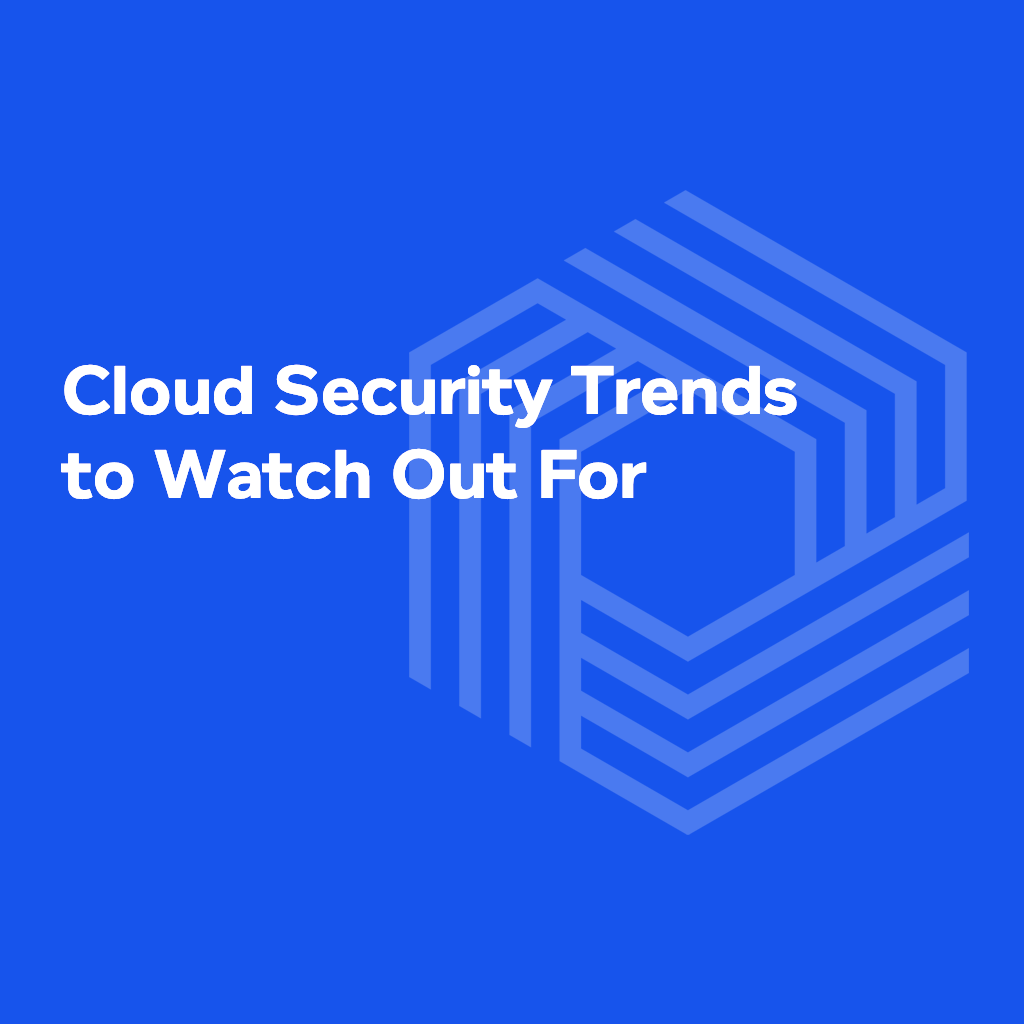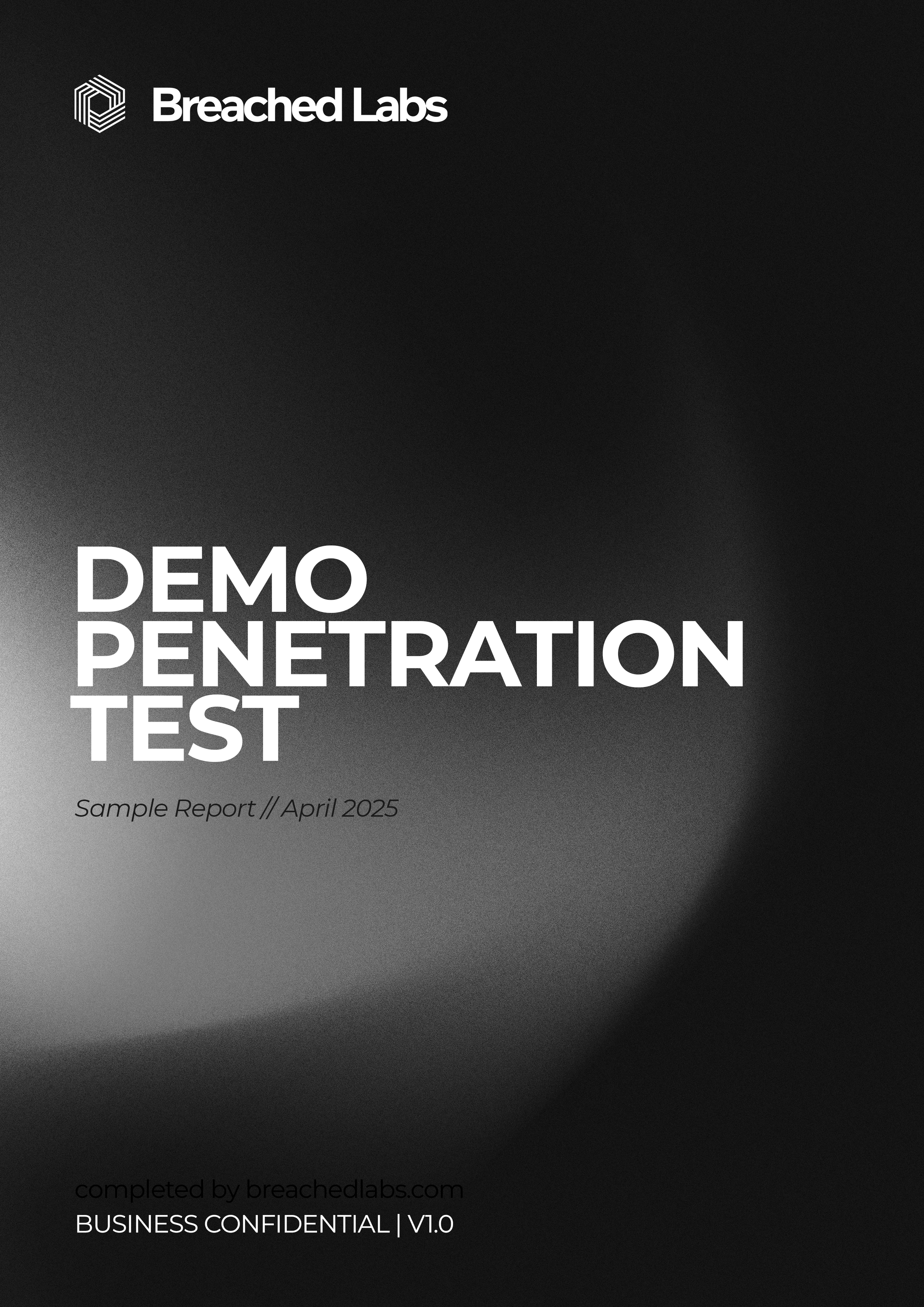GCP Security Penetration Testing.
Our GCP security testing uses advanced tools to identify and prioritize vulnerabilities in Google Cloud services, uncovering flaws that help prevent breaches, outages, and unauthorized access.
Breached Labs.
Penetration Testing Experts.
We specialize in GCP security penetration testing, enabling businesses to stay ahead of evolving threats. Our experts combine advanced tools with manual techniques to identify vulnerabilities such as misconfigurations, insecure APIs, and access control issues commonly found in GCP environments.
We simulate real-world attacks with meticulous detail, providing actionable insights that empower you to significantly strengthen your security defenses. Trust us to safeguard your digital assets with unmatched precision and care.
We simulate real-world attacks, providing actionable insights that empower you to strengthen your security defenses with precision and care.
Our team holds industry-leading certifications, demonstrating our commitment to excellence in cybersecurity.

Our Team's Certifications
Our team possesses top-tier, industry-recognized certifications, showcasing our dedication to delivering cybersecurity excellence.

Benefits of GCP Penetration Testing
Discover how expert GCP penetration testing safeguards your business, data, and customers.
Identify Vulnerabilities
Uncover exploitable weaknesses in your application's code, infrastructure, and configuration before malicious actors can find them.
Ensure Compliance
Meet regulatory requirements like ISO 27001, SOC 2, HIPAA, PCI-DSS, and GDPR while reducing legal risks and building stakeholder trust.
Third-Party Verification
Receive unbiased assessments of your security posture from experts, with detailed reports to support compliance and stakeholder confidence.
Prevent Data Breaches
Fix vulnerabilities before hackers can exploit them, saving millions in potential breach costs.
Improve Development
Teach developers to write more secure code by identifying common security mistakes.
Protect Business Value
Safeguard your reputation, customer trust, and competitive advantage in the market.
Risk Visibility
Gain detailed insights into your application's security posture for better decision-making.
Why GCP Penetration Testing?
Penetration testing is essential for securing GCP environments by identifying and addressing vulnerabilities before they can be exploited by malicious actors.
Prevent Costly Data Breaches and PII Exposure
Penetration testing uncovers vulnerabilities that could lead to breaches, protecting sensitive customer data like personally identifiable information (PII) and avoiding expensive legal penalties, ransom demands, or cleanup costs.
Retain Customers and Avoid Trust Erosion
By proactively fixing security gaps, penetration testing prevents incidents that could damage your reputation and cause customers to abandon your platform, ensuring long-term loyalty and confidence.
Minimize Revenue Loss from Potential Downtime
Security exploits can cripple GCP environments, leading to lost sales and operational disruptions. Penetration testing helps keep your business online and revenue flowing by thwarting potential attacks.
Protect Competitive Edge and Market Position
A breach can hand competitors an advantage by exposing trade secrets or driving clients elsewhere. Penetration testing safeguards your intellectual property and market standing, keeping you ahead in the game.
Schedule a
Consultation
Ready to determine the most effective strategy for your business needs? Schedule your complimentary, no-obligation assessment call with one of our experts today using the link below.
During our call, we'll begin outlining a comprehensive plan designed to safeguard your business against the cyber threats relevant to your operations.
Book a callOur GCP security pentesting covers a wide range of cloud-based attack vectors, ensuring comprehensive protection against common and sophisticated threats.
Misconfigured Cloud Storage
Poorly secured storage buckets causing data leaks.
Insecure APIs
Exposed or weakly secured APIs exploitable for unauthorized access.
Lack of IAM Controls
Over-permissive roles or poor credential use enabling privilege escalation.
Unencrypted Data
Sensitive data stored or sent without encryption, risking exposure.
Insufficient Logging and Monitoring
Limited visibility into cloud activity delays threat detection.
Shared Responsibility Confusion
Misunderstanding provider vs. customer roles creates security gaps.
Container Vulnerabilities
Weak configs exposing containerized workloads.
Serverless Function Exploits
Poorly secured functions allowing code injection or misuse.
Insecure CI/CD Pipelines
Exposed secrets or flawed automation create attack paths.
Penetration Testing Methodology
Our thorough method for detecting and resolving security weaknesses.
Pre-Engagement
The initial assessment, planning, and establishing rules of engagement phase involves understanding the target system, defining the scope and objectives, and setting clear testing boundaries.
It includes obtaining authorization, planning timelines and methods, and agreeing on communication protocols. This ensures a structured, ethical, and effective penetration testing process.
- Define the scope and objectives of the cloud penetration test, including target services, assets, and security goals.
- Establish testing limitations, such as specific cloud resources, or environments to include/exclude.
- Document communication protocols between the testing team and stakeholders, including report formats and points of contact.
- Obtain formal authorization from the cloud service owner or organization to conduct the penetration test.
Reconnaissance
The reconnaissance phase involves gathering intelligence about the target system by collecting publicly available data and mapping its digital presence. It includes identifying key components, technologies, and potential entry points through passive and active techniques.
This foundational step informs subsequent testing by revealing vulnerabilities and attack surfaces without direct interaction.
- Passive information gathering from public sources, such as forums, or documentation related to the cloud environment.
- OSINT techniques to map the cloud infrastructure's digital footprint, including exposed services, or leaked credentials.
- Domain and subdomain enumeration to identify cloud-hosted assets, services, and potential attack surfaces.
- Technology stack identification, including cloud providers, deployed services, configurations, and related technologies.
Scanning
The scanning phase focuses on actively probing the target system to identify live components, open ports, and running services.
It involves using automated tools and manual techniques to detect potential vulnerabilities and misconfigurations.
This step builds a detailed picture of the system's attack surface for further exploitation and analysis.
- Network mapping and topology discovery of cloud infrastructure, including virtual networks, gateways, and regions.
- Port scanning and service enumeration to identify exposed cloud services, APIs, databases, or management interfaces.
- Operating system fingerprinting of cloud-hosted instances to assess platform-specific risks and misconfigurations.
- Initial vulnerability scanning of cloud assets for common flaws like misconfigurations, exposed ports, or insecure APIs.
Vulnerability Assessment
The vulnerability assessment phase entails analyzing identified weaknesses in the target system to determine their severity and potential impact.
It involves detailed scanning, manual validation, and risk prioritization to distinguish exploitable flaws from false positives.
This step provides a clear understanding of security gaps and their real-world implications.
- Detailed vulnerability scanning and analysis of cloud services, targeting issues like misconfigurations or exposed interfaces.
- Manual verification of identified cloud vulnerabilities, such as testing for insecure APIs, IAM flaws, or data exposure.
- False positive elimination to ensure reported cloud security findings are accurate, validated, and relevant to the environment.
- Risk assessment and prioritization of vulnerabilities based on severity, exploitability, and impact on cloud operations.
Exploitation
The exploitation phase involves safely leveraging confirmed vulnerabilities to demonstrate their real-world risks and consequences.
It includes controlled attacks to gain unauthorized access, escalate privileges, or extract data, while assessing system resilience.
This step validates threats and highlights the need for remediation without causing harm.
- Controlled exploitation of confirmed cloud vulnerabilities, such as abusing misconfigured IAM roles or exposed services.
- Privilege escalation attempts within the cloud environment, targeting roles, policies, or service permissions.
- Lateral movement across cloud resources, such as pivoting between services, regions, or accounts with shared trust.
- Data access verification to confirm exposure of sensitive cloud-stored information like credentials or customer data.
Reporting
The reporting phase focuses on documenting findings, prioritizing vulnerabilities, and providing actionable remediation steps.
It includes creating detailed technical reports and concise summaries for stakeholders, often with visuals to clarify attack paths.
This step ensures clear communication of risks and solutions to improve security.
- Detailed technical documentation of findings, including specific cloud vulnerabilities like misconfigurations or insecure APIs.
- Risk-based prioritization of vulnerabilities based on their exploitability and impact on cloud infrastructure and services.
- Actionable remediation recommendations, such as tightening IAM policies or securing exposed cloud resources.
- Executive summary for management, highlighting critical cloud security risks and potential business impact.
Testing Approaches
Understanding the difference between testing methodologies to choose the right approach for your security needs.

Black Box Testing
Testing from an external perspective with no prior knowledge, information or access to the target system's internal workings or source code.
Black box testing simulates a real-world attack scenario where the tester has no insider information, mimicking how actual attackers would approach your systems.
The tester has access only to public-facing components and must discover vulnerabilities through external reconnaissance and targeted probing.
This approach reveals what an attacker could discover and exploit without internal access or knowledge, providing an authentic assessment of your external security posture.


White Box Testing
Testing with complete internal knowledge of the system, including source code, architecture, and design documentation.
White box testing provides testers with full access to internal system details, allowing for thorough examination of code, architecture, and configuration.
This approach enables identification of vulnerabilities that might not be discovered through external testing alone, such as logical flaws, backdoors, or implementation errors.
With complete knowledge of the system, testers can target specific components and functions known to be security-critical, providing comprehensive coverage.

Our Process
Follow these essential steps to safeguard your GCP environment from malicious hackers.
Contact us
Contact our team, and we'll attentively address your concerns while tailoring solutions to your specific security requirements. Whether you choose a phone call, email, or live chat, we're eager to kickstart your path to a better-protected GCP environment.
Pre-Assessment Form
We provide you with an easy-to-complete pre-assessment form to gather relevant details. This allows us to gain insight into your app's structure, existing security protocols, and particular areas of concern.
Proposal Meeting
Once we've analyzed the results of the preliminary evaluation questionnaire and developed our recommended plan, we'll go over the security strategy with you and address any questions during virtual or in-person meetings.
Agreement
We send you a detailed proposal outlining our findings, recommendations, and the cost of the project. Once you approve the proposal, we proceed with the engagement.
Pre-requisite Collection
We collect all the necessary information and documents required for the assessment. This includes the application's source code, documentation, and any other relevant materials.
Breached Labs strengthened our overall security posture with their thorough penetration testing approach. Their expertise in identifying and addressing vulnerabilities was invaluable to our organization.
Chief Information Officer
Fortune 500 Tech Company
Contact Options
Get in Touch
Let’s talk about how we can strengthen your security posture.

